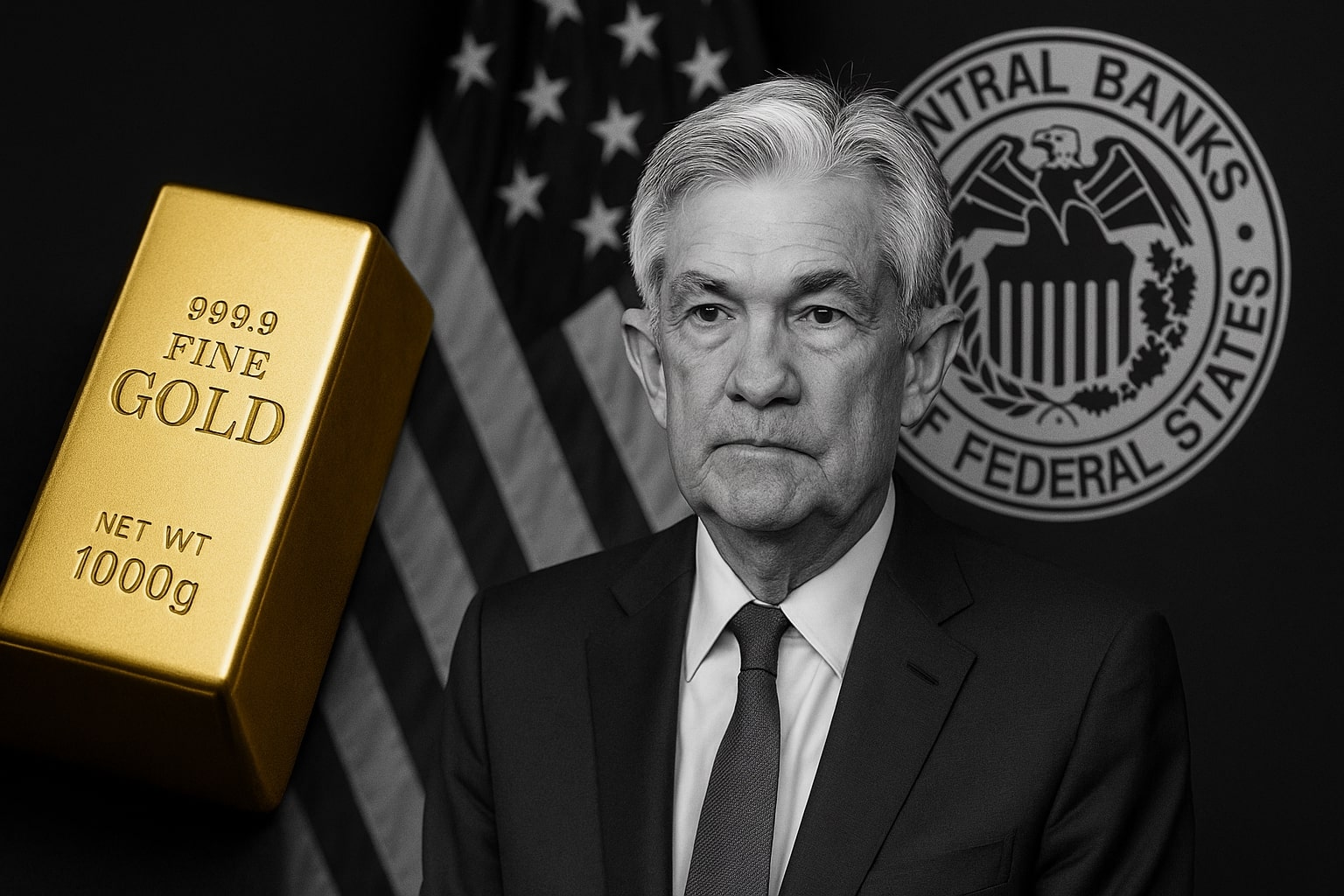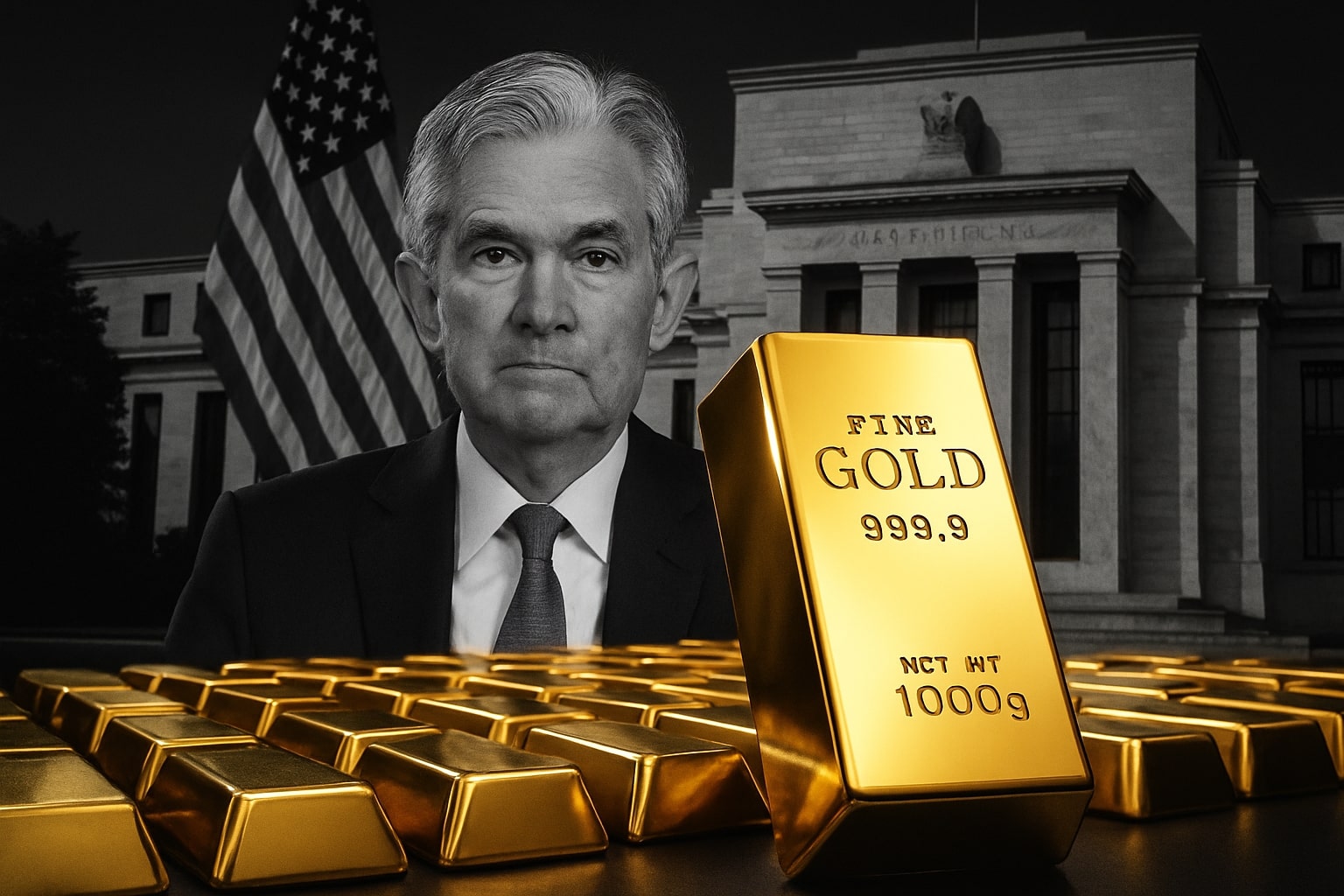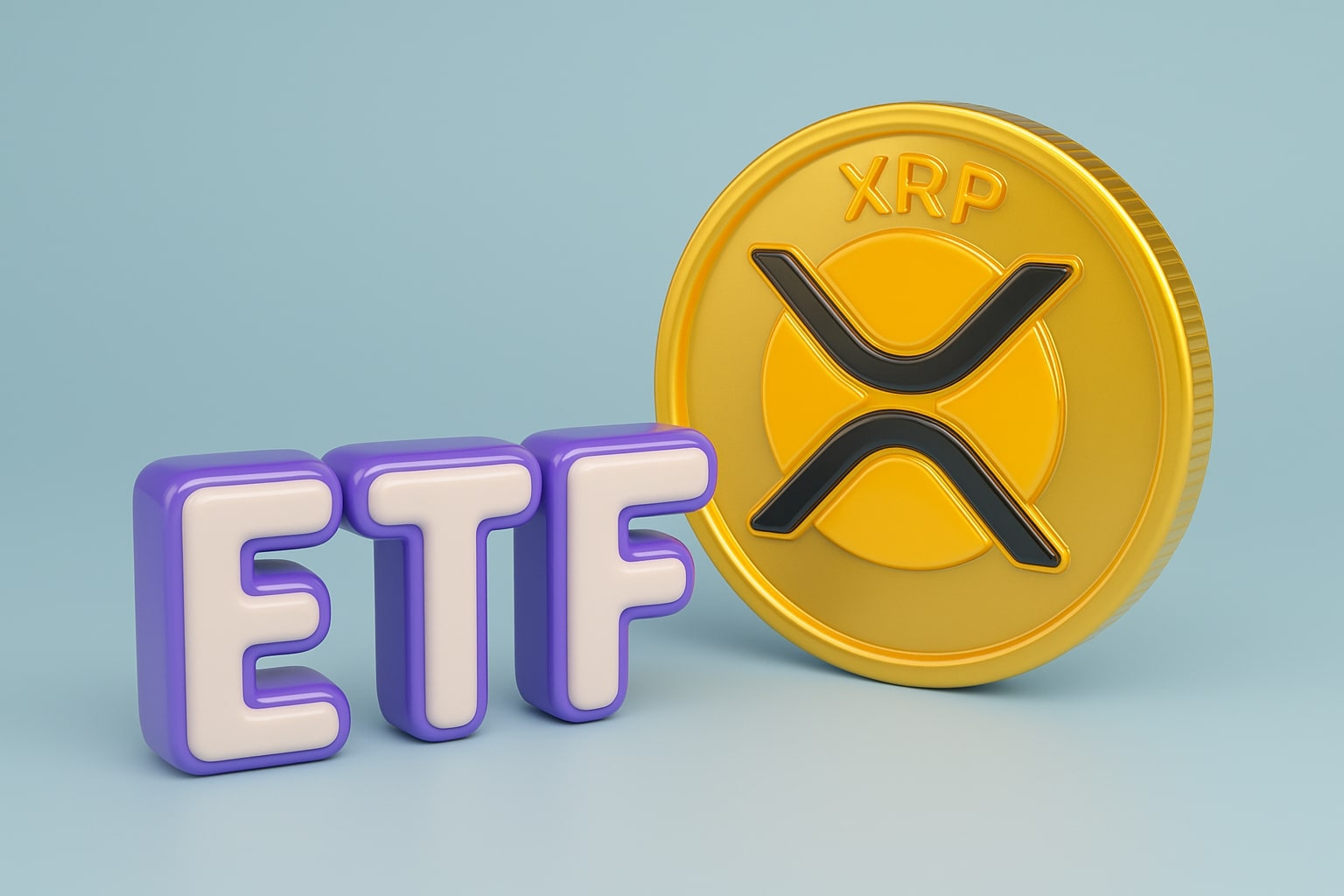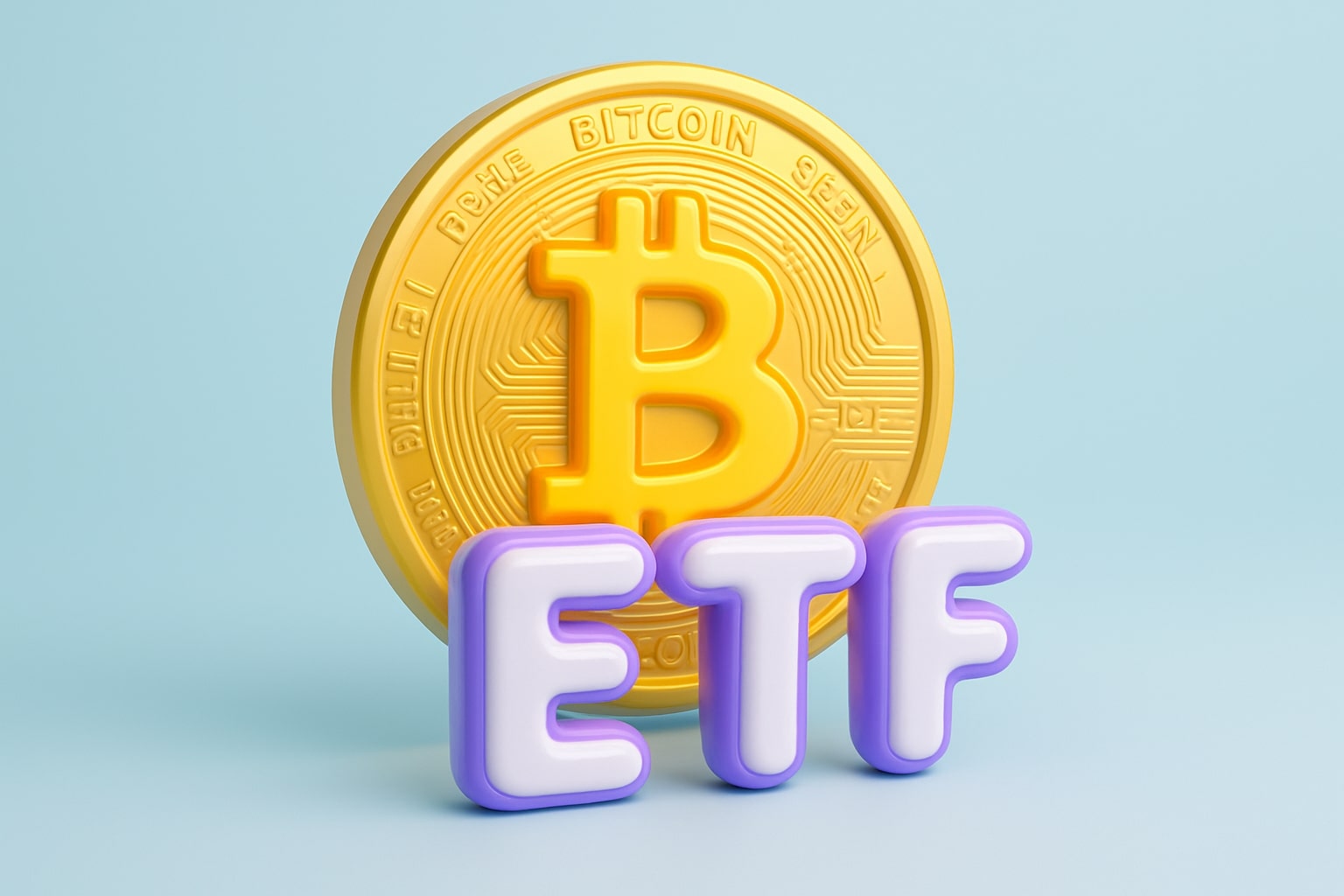
Gold Price Forecast - Skyrockets Past $4,035 as Dollar Collapses
XAU/USD posts its strongest rally since 1979, up 50% YTD, fueled by rate cuts, falling yields, and record Chinese demand, while Barrick Gold (NYSE:GOLD) gains 22% in three months | That's TradingNEWS
Gold (XAU/USD) Surges Above $4,000 as Safe-Haven Demand Ignites Global Rush
Gold has exploded past $4,035 per ounce, capping one of its most dramatic years on record. The metal is now up over 50% year-to-date, its fastest appreciation since 1979, propelled by collapsing confidence in the U.S. economy, the weakening dollar, and intensifying geopolitical fractures. The rally accelerated through October after Trump’s 100% tariff on Chinese imports and renewed market fears of recession. As bond yields retreat and investors abandon equities, gold is reclaiming its status as the world’s ultimate hedge, with trading volumes surging across major exchanges in New York, Shanghai, and London.
Dollar Collapse and Fed Rate Cuts Drive XAU/USD Momentum
The U.S. dollar index has plunged roughly 11% in 2025, the steepest fall in five decades, amplifying gold’s relative value. Traders now anticipate another Federal Reserve rate cut, the second in two months, as weak job creation pressures policymakers to ease monetary conditions. The move has crushed yields on long-term Treasuries and made non-yielding assets like gold more attractive. According to data from Morgan Stanley, the dollar’s decline reflects waning faith in U.S. fiscal stability and the Fed’s independence after Trump’s repeated public attacks on the central bank. The market’s expectation of prolonged rate cuts through Q4 is giving XAU/USD a tailwind, with traders targeting $4,080 as the next resistance level and $3,950 as near-term support.
Recession Signals Intensify as Gold Outpaces U.S. Equities
Gold’s blistering 20% gain since mid-August has coincided with growing signs of a U.S. economic slowdown. September’s labor report revealed the sharpest drop in hiring in over a year, while revisions showed far fewer jobs added in 2024 and early 2025 than previously estimated. This deterioration in employment, alongside a government shutdown disrupting key data releases, has magnified uncertainty across Wall Street. The S&P 500 has lost 2.7% this week, and the Nasdaq slid 3.56%, while gold continues to soar—an unmistakable divergence signaling market fear. Analysts view this surge as a warning rather than a celebration: when gold climbs this fast, it reflects distress, not optimism.
China’s Golden Week Sparks Record-Breaking Retail Frenzy
In China, where physical demand remains the world’s largest, Golden Week sales data from the State Taxation Administration showed jewelry revenues skyrocketed 41.1% year-on-year. Gold shops in Shenzhen and Shanghai reported double-digit price adjustments per day to keep up with soaring global benchmarks. Retail buyers, once focused on ceremonial jewelry, are now purchasing gold bars and lightweight investment-grade trinkets. The domestic price of pure gold jewelry has surpassed 1,180 yuan per gram, equivalent to $162 per gram, pushing the RMB-denominated spot gold price up 48% in 2025 alone. Chinese investors are treating gold as a functional savings tool: one teacher in Guangdong told local media she buys one-gram gold beans each month, citing security and liquidity as reasons to keep accumulating.
Barrick Gold (NYSE:GOLD) Rides Price Wave With Strong Quarter
Major miners like Barrick Gold (NYSE:GOLD) have surged in tandem with spot prices. The stock advanced 1.36% to $21.16 on Friday, extending its three-month gain to 22.39%. Analysts now place a consensus target between $22 and $23, supported by expanding margins and higher realized gold prices. Barrick’s global mining portfolio—stretching from Nevada to Tanzania—positions it well to capitalize on the metal’s multi-decade highs. Institutional buying in the company has intensified, with fund inflows mirroring gold’s trajectory since August. The firm’s cost base, estimated at $1,230 per ounce, leaves substantial profit leverage as XAU/USD trades near record levels.
Safe-Haven Surge Reorders Global Capital Flows
The scale of migration into gold is reshaping asset allocation across regions. The World Gold Council estimates that institutional and ETF inflows have risen 47% year-to-date, with holdings surpassing 120 million ounces globally. Hedge funds are rotating out of Treasuries, which have lost stability amid political gridlock and ballooning deficits. Billionaire Ray Dalio has publicly warned of a potential “civil conflict of sorts” in the U.S., urging investors to own tangible assets like gold over financial instruments. The trend is reflected in Europe and Asia as well: the Shanghai Gold Exchange saw record daily volume, while Switzerland’s Zurich vaults reported the highest physical withdrawals since 2011.
Geopolitical Pressure and Tariffs Fuel Investor Anxiety
Trump’s aggressive trade stance has added new volatility to global commodities. The imposition of 100% tariffs on Chinese imports triggered an immediate flight to safe assets. China’s retaliation through rare-earth export restrictions further disrupted sentiment, driving fears of a renewed trade war. Analysts at major institutions say such tariffs could shave 0.6% off global GDP by year-end, making gold an attractive hedge against policy-driven shocks. Historical data reinforces the pattern—during past tariff escalations, gold outperformed equities by nearly 30 percentage points over 12 months.
Global Retail Boom Extends to Recycled and Micro Gold
Gold’s popularity is spilling into new consumer trends. In China, micro gold items weighing less than 0.01 grams—used for pendants and phone stickers—are selling out nationwide. Shops in Shenzhen’s Shuibei Wanshan jewelry center reported buyers purchasing dozens at a time, often as gifts or collectibles. Meanwhile, the recycling market is booming, with customers trading older jewelry for newly designed pieces. Industry insiders confirm that recycling volumes jumped over 25% this quarter, driven by high spot prices and investor awareness. The retail mania underscores how deeply gold’s rally has penetrated daily economic life, particularly in Asia’s consumer markets.
Read More
-
PFFA ETF Nears $21.50 as Rate Cuts and 9.49% Yield Spark Renewed Demand
29.11.2025 · TradingNEWS ArchiveStocks
-
XRPI and XRPR ETFs Ignite Ripple’s Institutional Rally as Inflows Near $1B and XRP Holds $2.20
29.11.2025 · TradingNEWS ArchiveCrypto
-
Natural Gas Price Forecast - NG=F Blasts to $4.85 as Demand Surge Fuel Multi-Month Breakout
29.11.2025 · TradingNEWS ArchiveCommodities
-
USD/JPY Price Forecast - Yen to Dollar Slides to 156.10 as Yen Strengthens on Fed Cut Expectations
29.11.2025 · TradingNEWS ArchiveForex
Macroeconomic and Monetary Shifts Reinforce Bullish Outlook
Gold’s explosive performance is not purely speculative—it reflects structural imbalances in global markets. Real yields remain near zero, the U.S. deficit exceeds $2.2 trillion, and the IMF projects slower growth across advanced economies. The de-dollarization trend, accelerated by China’s and Russia’s diversification of reserves, is another supportive factor. Central banks have purchased over 900 tons of gold this year, led by emerging markets seeking insulation from sanctions and currency shocks. With the Fed funds rate expected to fall below 4% in early 2026, the opportunity cost of holding gold continues to shrink.
Risks of Overheating and Near-Term Volatility
Some analysts warn that the pace of the rally may have outstripped fundamentals. The World Gold Council calls 2025 a “super year,” but notes that rapid acceleration could lead to temporary pullbacks. Futures positioning on the COMEX shows speculative longs at a six-month high, raising the risk of short-term corrections if inflation cools or geopolitical tensions ease. However, the market’s structural backdrop—weak growth, loose monetary policy, and fiscal uncertainty—suggests that any dip may invite renewed accumulation.
Market Verdict: Gold (XAU/USD) — Buy, Momentum Intact Above $3,950
Gold remains the clearest winner in a world defined by distrust and devaluation. With XAU/USD anchored above $4,000 and supported by falling yields, robust Asian demand, and institutional accumulation, the trend remains decisively bullish.
-
Gold (XAU/USD $4,035.70) — Buy, target $4,080–$4,150, support $3,950
-
Barrick Gold (NYSE:GOLD $21.16) — Buy, margin expansion intact, target $23
-
SPDR Gold Shares (NYSEARCA:GLD) — Buy, ETF inflows accelerating, momentum solid
Gold’s rise captures a pivotal shift in global finance—away from paper promises and toward tangible stores of value. As central banks pivot, currencies waver, and political risk mounts, gold’s dominance as the hedge of last resort remains unchallenged. The numbers confirm it: a 50% annual rally, record central bank demand, and surging retail participation—all converging into one clear message—the gold bull cycle is far from over.



















